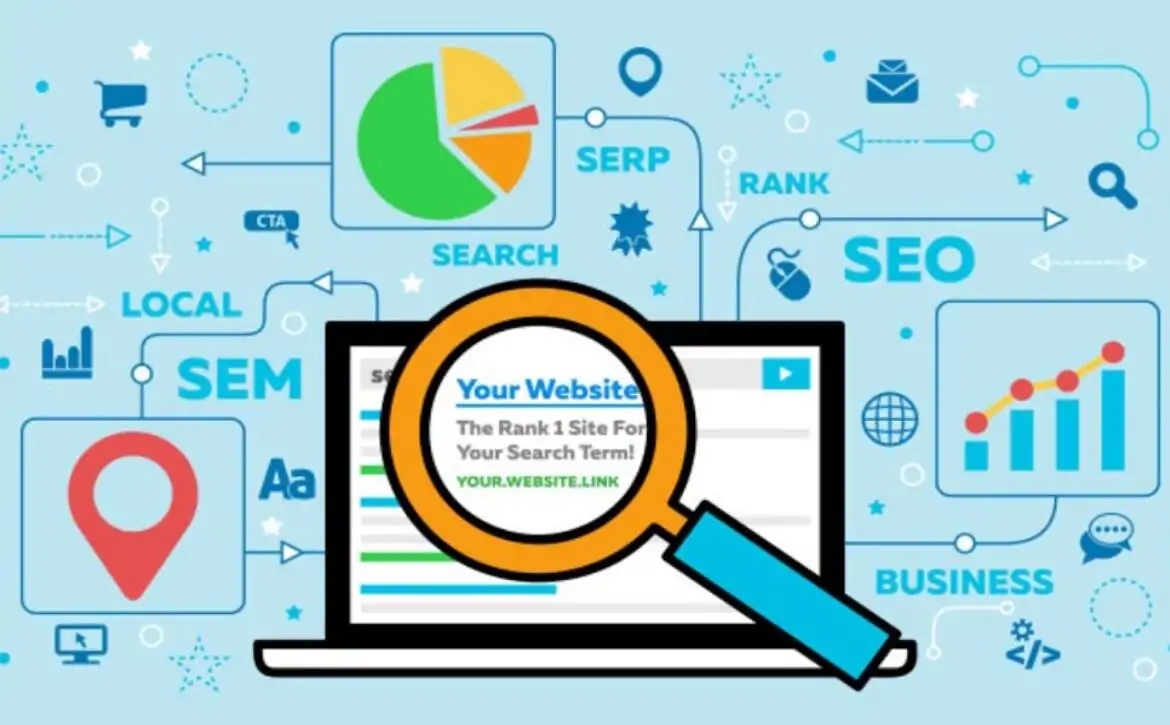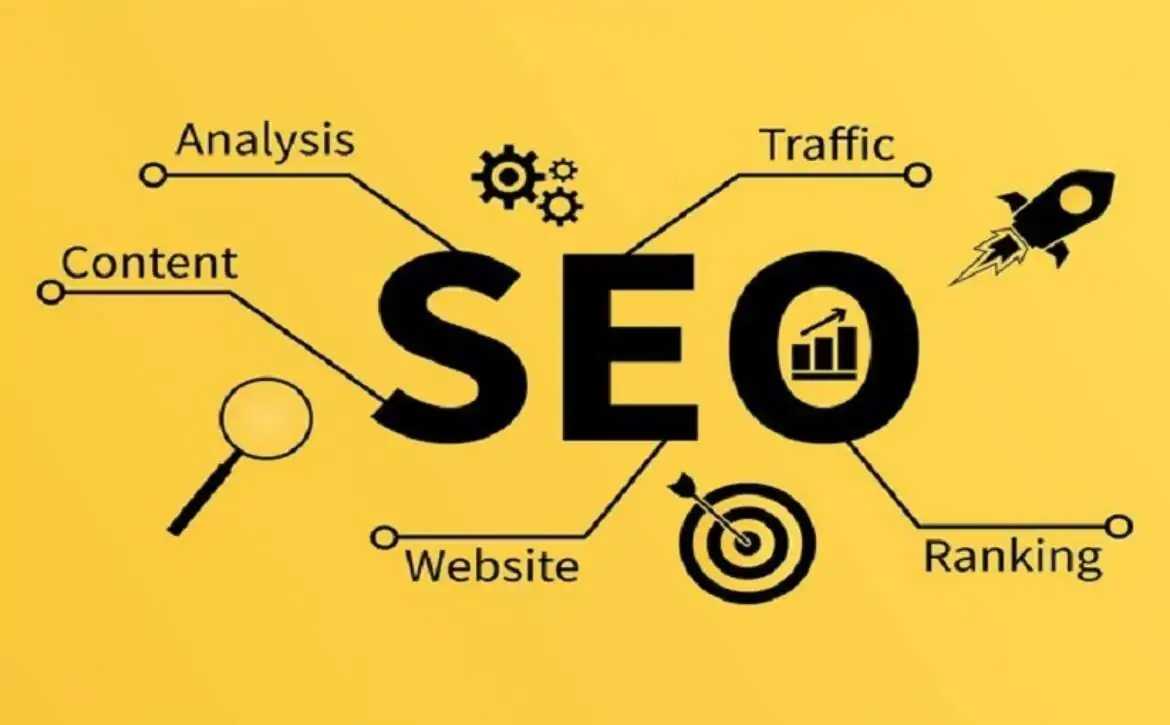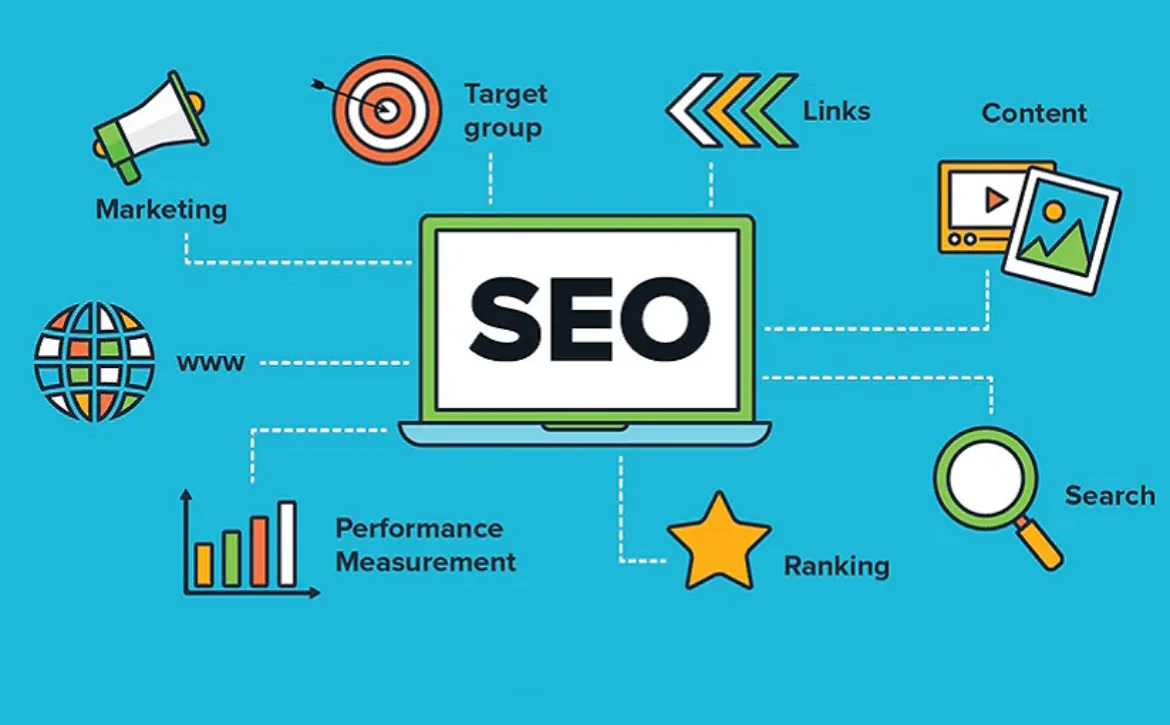How SEO Performance Marketing Drives Scalable Growth
In today’s digital-first world, businesses are in a constant race to grow—and grow fast. But sustainable and scalable growth doesn’t come from just throwing money into ads or waiting for organic traffic to trickle in. It comes from the sweet spot where strategy, consistency, and smart investment meet. That’s where SEO performance marketing steps in. But when you combine it with performance marketing principles—where you pay for results, not promises—you create a powerhouse strategy that delivers real ROI.
Unlike traditional advertising, where you might spend thousands with little insight into conversions, SEO marketing focuses on measurable actions: leads, sign-ups, sales.The goal is to bring your content in front of the appropriate audience at the appropriate moment while continuously monitoring its performance.
This article will break down how this hybrid approach drives scalable growth, explore real-world SEO marketing examples, and provide practical insights on building your own SEO marketing strategy. Whether you’re a small business, an e-commerce brand, or a growing startup, you’ll learn how to blend organic reach with data-driven tactics that convert. Let’s dive into the modern-day blueprint for digital success—where on-page SEO, intent, and performance align.
What Is SEO Performance Marketing?
Think of SEO marketing as the marriage between classic SEO and results-driven advertising. It’s SEO with a performance-based mindset. Instead of simply aiming for rankings, you aim for conversions—and measure everything.
A good SEO marketing strategy includes:
- Targeting high-converting keywords (not just high-volume ones)
- Tracking and optimizing user behavior post-click
- Focusing on ROI through leads, sales, or other tangible metrics
Rather than waiting six months for SEO to “hopefully” work, you integrate performance tracking from day one. That means you’re constantly adjusting content and technical SEO tactics to improve outcomes, not just rankings.
What Is SEO and How It Works
SEO, or Search Engine Optimization example, is all about helping your website show up when people search for something relevant online. If someone Googles “best running shoes,” and your e-commerce site appears on the first page—that’s SEO in action.
The basics of how to do SEO involve two main components: on-page SEO and off-page SEO. On-page SEO refers to optimizing elements like titles, meta descriptions, internal links, and keyword usage—essentially, everything that lives on your website. But traditional SEO often lacks clear performance accountability. That’s where performance marketing comes in.
Types of SEO in Digital Marketing
When crafting an SEO marketing strategy, it’s essential to understand the different types of SEO in digital marketing:
- On-page SEO – It’s where most performance marketers start.
- Technical SEO – Ensures your site is crawlable, fast-loading, mobile-friendly, and secure (think: Core Web Vitals).
- Local SEO – Helps businesses appear in location-based searches like “SEO agency near me.”
Combining these SEO types with a performance marketing lens means optimizing each area not just for traffic—but for outcomes.
SEO Performance Marketing Examples
To bring this to life, here are some SEO marketing examples from real-world scenarios:
- E-commerce site: An online furniture retailer optimized product pages with long-tail keywords like “modern minimalist sofa under $500.” They paired it with CRO (conversion rate optimization) and tracked each keyword’s revenue contribution. Within months, they tripled organic traffic and increased sales by 40%.
- B2B SaaS company: They focused on creating landing pages targeting transactional keywords like “CRM for small businesses” and “affordable CRM software.” These pages were optimized using on-page SEO techniques and A/B tested for performance. The result?
- Local service provider: A dentist in Austin used local SEO tactics combined with Google Analytics tracking. By optimizing service pages with intent-focused keywords like “emergency dentist Austin,” they increased calls and bookings by 55% in just 3 months.
Each of these businesses didn’t just optimize for traffic—they optimized for action.
How SEO Performance Marketing Drives Scalable Growth
Let’s break down exactly how this approach fuels scalable growth:
- Compound Visibility: Unlike paid ads that vanish when budgets dry up, SEO builds long-term visibility. When you rank high, you stay top-of-mind without recurring costs.
- Qualified Traffic: Performance-driven SEO targets intent, not just volume.
- Lower Cost per Acquisition (CPA): Over time, SEO drives down CPA because you’re no longer paying per click—you’re earning it.
- Data-Driven Scaling: You can identify which keywords, pages, and topics drive the most revenue, then double down on what works.
- Adaptability: SEO performance marketing evolves with user behavior. With real-time data, you can pivot fast and stay relevant.
Building Your Own SEO Performance Marketing Strategy
Ready to build your own? Here’s a simple roadmap:
- Start with Keyword Intent: Use tools like Ahrefs or Semrush to find keywords with commercial or transactional intent.
- Optimize for Conversions: Use on-page SEO to structure content that speaks to the searcher’s needs and nudges them toward action.
- Track Everything: Use Google Analytics, Google Search Console, and a CRM to tie SEO activity directly to revenue.
- Iterate and Improve: Regularly audit content, test new headlines, and update older posts to keep performance high.
- Align with Business Goals: Don’t chase vanity metrics. Focus on keywords and content that align with what your customers actually want.
In the end, SEO performance marketing isn’t just a buzzword—it’s a strategic approach that turns search engine optimization into a measurable growth engine. By focusing on what actually matters—performance, outcomes, and ROI—you can build a system that not only brings traffic but converts it into sustainable revenue. From understanding SEO full form in digital marketing to implementing advanced tactics like on-page SEO optimization, this approach empowers businesses to thrive in a competitive landscape. If you’re ready to grow smarter and faster, SEO marketing is the blueprint.
Tags:
seo performance marketing
Seo performance marketing examples
Seo performance marketing strategy
Types of SEO in digital marketing
What is SEO and how it works
Search engine optimization example
How to do SEO
SEO full form in digital marketing
On-page SEO








